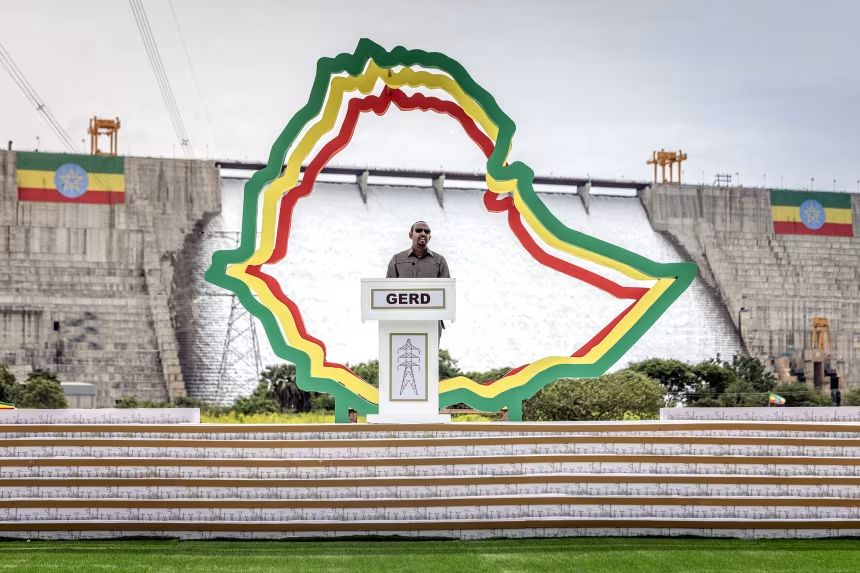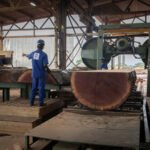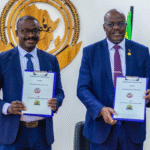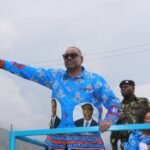Ethiopia has inaugurated the Grand Ethiopian Renaissance Dam (GERD), Africa’s largest hydroelectric project. The $5 billion structure marks a turning point in the country’s push for energy independence and economic growth.
The dam towers 145 metres above the Blue Nile near the Sudanese border and stretches 1.8 kilometres across a remote valley. Built with more than 11 million cubic metres of concrete, its vast reservoir, Lake Nigat, is already reshaping the river’s flow. Once fully operational, GERD will generate about 6,000 megawatts of electricity, enough to double Ethiopia’s current output and power homes and industries across East Africa.
Prime Minister Abiy Ahmed has called the project a symbol of national pride. With Western lenders reluctant to finance it, Ethiopians raised much of the money themselves. Civil servants gave up a month’s salary, citizens bought bonds, and schoolchildren ran fundraising drives. For many, GERD became not only an energy project but also a declaration of sovereignty.
The dam, however, has fuelled deep tensions with Egypt and Sudan. Egypt depends on the Nile for almost all of its fresh water and fears the reservoir could cut flows during droughts. President Abdel Fattah el-Sisi has described GERD as an existential threat, warning that Egypt will defend its water rights. Sudan shares Cairo’s demand for a binding deal but also sees potential benefits, from flood control to cheaper electricity.
The dispute is rooted in history. The 1959 Nile Waters Agreement divided the river between Egypt and Sudan, granting Cairo 55.5 billion cubic metres and Khartoum 18.5 billion. Ethiopia, the source of more than 80% of the Nile’s waters, was excluded. When the late Prime Minister Meles Zenawi announced GERD’s construction in 2011, it was presented as a break with that past.
Tensions escalated as the project advanced. In 2013, a televised meeting captured Egyptian politicians discussing sabotage, fuelling Ethiopian fears. Diplomacy has done little to ease mistrust. A 2015 Declaration of Principles signed by Ethiopia, Egypt and Sudan promised cooperation, but talks soon broke down. US- and World Bank-led mediation also failed, and in 2020 Ethiopia walked away from negotiations, accusing Washington of bias. That same year, then US President Donald Trump remarked Egypt might “blow up the dam”, deepening Ethiopian suspicion.
Despite the disputes, Ethiopia pressed ahead. In September 2023, Addis Ababa announced the completion of the final reservoir filling, drawing condemnation from Egypt. Sudan, mired in conflict, remained silent. The Arab League later declared GERD a matter of Arab national security, while Ethiopia insisted the project would bring only benefits.
Climate change adds to the stakes. Longer droughts, unpredictable floods and growing populations are increasing pressure on the Nile. For Ethiopia, the dam is a once-in-a-generation chance to fuel development. For Egypt, it threatens the lifeblood of the nation. For Sudan, it is both a risk and an opportunity.
From the Aswan High Dam in the 1950s to Ethiopia’s GERD today, the Nile has always been central to survival and state power. As the turbines begin to spin, the river that built empires once again holds the region’s future in its flow.









